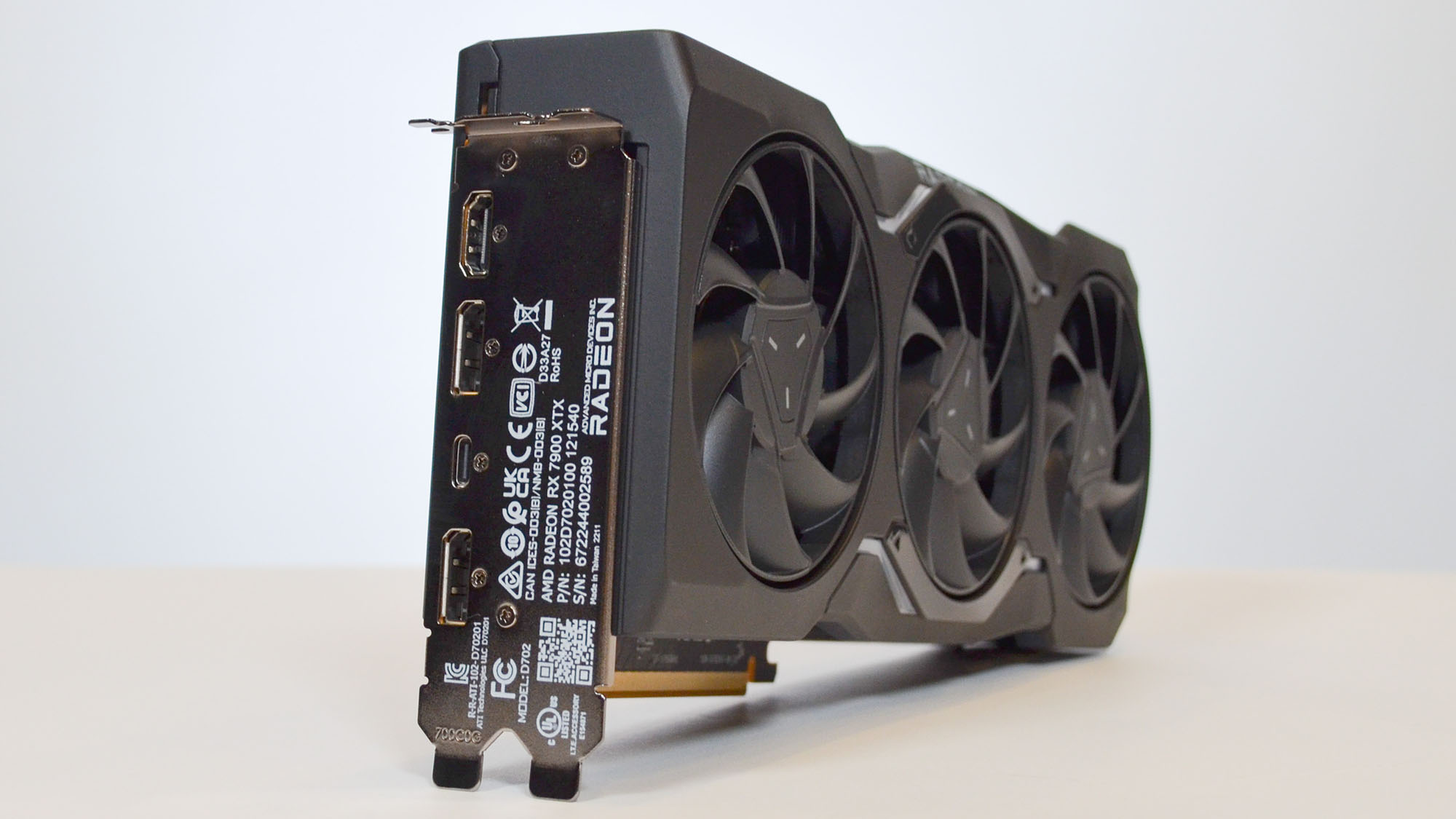AMD’s new RDNA 3 graphics cards have run into some controversy post-release, and the company has directly addressed a point of criticism raised by the rumor mill.
Namely that Team Red released Navi 31 with non-functional shader pre-fetch hardware (on A0 silicon – we’ll come back to what that means), a theory put forward by hardware leaker Kepler_L2 (opens in new tab) on Twitter (among others).
AMD told Tom’s Hardware (opens in new tab): “Like previous hardware generations, shader pre-fetching is supported on RDNA 3 as per [gitlab link (opens in new tab)]. The code in question [highlighted by Kepler_L2] controls an experimental function that was not targeted for inclusion in these products and will not be enabled in this generation of the product.
“This is a common industry practice to include experimental features to enable exploration and tuning for deployment in a future product generation.”
In other words, there’s nothing broken here as the hardware leaker suggested, but the relevant code is for an experimental feature that isn’t supposed to be enabled yet (but will be used down the line with a future generation of Radeon graphics cards).
Analysis: Getting it right first time – but what about the graphics driver?
In short, what AMD is saying is that there’s nothing to see here, move along.
This controversy has also been mired in the suggestion that there’s something wrong with the (purported) A0 silicon used in these initial RDNA 3 boards, with ‘A0’ meaning it’s the initial physical version of the silicon from the fab. A1 would be the next (minor) revision (to correct issues found with the first outing), then A2, and so on (with a switch to B for bigger changes, and then C, etcetera – more versions may appear as time rolls on, and honing or additional fixing is applied).
There are a couple of points to note here. Firstly, that AMD hasn’t confirmed that the RDNA 3 cards use the A0 version (this comes from industry sources and chatter on the grapevine; so we must be careful there). And the second point is that the A0 silicon can be – and is – used by chip makers with finished products, it just means that the silicon works fine and doesn’t need a further re-spin – which is actually an impressive thing (the engineers got it right first time, in other words).
Of course, you could argue that AMD might’ve wanted to get the mentioned shader pre-fetching feature working in RDNA 3, but it failed to make the cut, and so now Team Red is calling it experimental, and some folks have indeed asserted this – but obviously we can’t know what’s happened behind the scenes, and this is pure speculation.
Aside from this controversy, there still remains the issue of apparently wonky clock speeds with big variances on the RX 7900 XTX and 7900 XT as highlighted by some other folks on Twitter (and reviewers), as we discussed recently. According to those reports, clocks can vary from something like 2.4GHz to 2.9GHz from game to game.
This could be related to power usage going up, and clocks being lessened as a result, but some observations have been made about similar power draw between these much higher and lower speeds (oddly). It’s difficult to judge what’s going on here, then, at this early stage of the game. AMD has stated that it’s investigating the issue with the help of the user who originally discovered it.
And at any rate, broadly speaking, game benchmarks indicate a strong performance in the case of the 7900 XTX compared to its rival, Nvidia’s RTX 4080 – and driver fixes could well smooth out larger clock frequency variations, perhaps. Still, concerns around power usage and boost speeds remain something of a worry, but hopefully, anything wonky is fixable enough on the software front.
Indeed, there’s more than a bit of chatter on the grapevine about how AMD might have rushed out RDNA 3 to meet its long-held end-of-year launch timeframe, in order to prevent Nvidia from dominating holiday sales, and to keep its investors happy. So, it’s entirely possible that polishing the Adrenalin drivers might add a considerable chunk of performance in the near(ish) future.
Releasing a product without the drivers being fully on point is hardly a new situation, of course, but it’s hardly ideal, either; far from it. That said, we suppose the (kind of) good news for RDNA 3 buyers is that their cards could get faster in the next month or two, and maybe even considerably faster. This might lead to a situation where the 7900 XTX really muscles past the RTX 4080, and more ably rivals the 4090 (for rasterization, meaning non-ray tracing performance); but we’re getting ahead of ourselves here.





